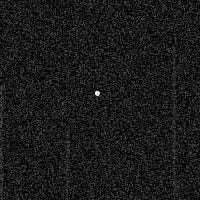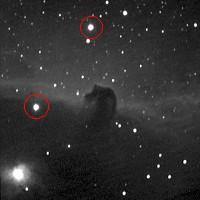
Aligning a Computerized Telescope for Imaging
Note: For specific instructions on aligning various models of computerized telescopes, see the Aligning a Computerized Telescope section of theTelescope Basics site. Below are general recommendations for aligning for CCD imaging. Most computerized or goto telescopes need to be aligned...







